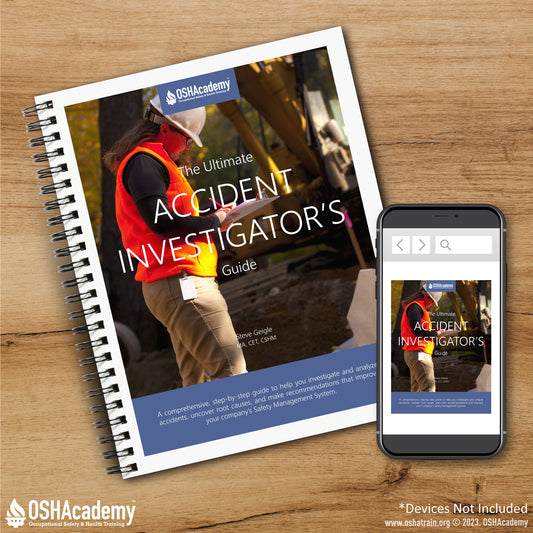
Conducting a Safety Audit & Implementing Recommendations
Share
By Abbie Geigle
Creating an effective safety audit might be a daunting task. However, there are many benefits of continually conducting audits and they can help improve your organization's health and safety procedures.

There are eight steps that are essential to the success and effectiveness of workplace safety audits.
1. Establish a safety committee (Timeline: 1-2 weeks)
- Recruit representatives from various departments, such as production, maintenance, engineering, and human resources.
- Define roles and responsibilities within the committee.
2. Develop a safety audit plan (Timeline: 2-4 weeks)
- Define the scope and objectives of the safety audit.
- Divide the factory floor into zones for inspection.
- Create checklists and guidelines to assist in hazard identification.
3. Conduct the safety audit (Timeline: 4-8 weeks)
- Assign committee members specific zones to inspect.
- Encourage interviews with employees working in the designated zones.
- Document identified hazards and potential risks.
4. Analyze and prioritize findings (Timeline: 2-4 weeks)
- Group hazards into categories such as immediate risks, long-term risks, and ergonomic concerns.
- Prioritize hazards based on their potential impact on employee safety and overall business operations.
- Consult external expertise when needed for a more accurate evaluation of hazards.
5. Develop and present recommendations (Timeline: 4-6 weeks)
- Collaborate with the safety committee to develop practical recommendations for each identified hazard.
- Prepare a detailed report outlining the findings and proposed solutions.
- Present the report to company leadership and gain their support for implementing the changes.
6. Implement the recommended changes (Timeline: 6-12 months)
- Develop a phased approach to minimize disruptions to production.
- Collaborate with floor supervisors and building engineers to execute the proposed changes.
- Monitor the effectiveness of the changes and make adjustments as needed.
7. Establish training and documentation procedures (Timeline: 2-4 months)
- Identify relevant OSHAcademy courses for employees.
- Organize on-site training by floor supervisors for site-specific instruction.
- Document all training sessions, including OSHAcademy course completion certificates and on-site training records.
8. Evaluate and monitor the results (Timeline: ongoing)
- Continuously assess the effectiveness of the implemented changes.
- Gather feedback from employees and supervisors to identify any areas for further improvement.
- Regularly update safety policies and procedures to ensure ongoing compliance with regulations and industry best practices.
By following these steps and recommendations, companies can conduct a comprehensive safety audit and effectively implement safety improvements, leading to a safer work environment and long-term success.
Check out OSHAcademy's Ultimate Safety Training Program Audit to evaluate your training program.




1 comment
Good